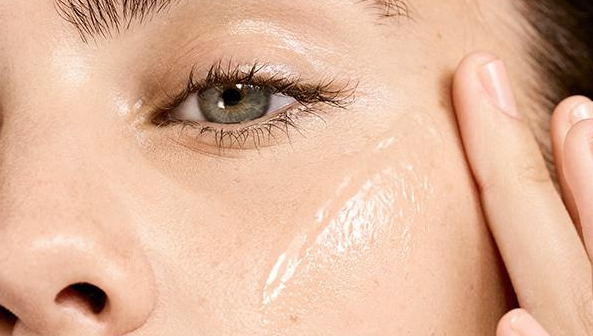
Guide to Using Different Acids on Different Skins
Surely you have wondered more than once why a product does not work as well for you as it does for someone else. We are all different and our skin is the greatest proof of this. Especially if we talk about the effect that acids have on our skin. But surely you have thousands of doubts when choosing the best acid for your skin and how and when to use it. In this article, we tell you everything!
In recent years, acids have become one of my favourite cosmetic products. why? They penetrate deep into the skin, achieving faster, more intense and more persistent results. We can find them with a creamy or serum appearance depending on their application.
If you’ve never heard of acids, you may not understand what they can do for your skin. The acids are responsible for removing dead cells and helping functional cells to accelerate the natural regeneration of the skin. Depending on your skin type and your goals, you should use a specific type of acid and apply it following the specified recommendations. why? Applying the wrong acid can cause dry skin or excess oil.
What are AHA or BHA acids?
AHA acids (ALPHA-HYDROXY-ACIDS)
These are carboxylated acids and are usually found naturally in a large number of foods. Glycolic acid is found in cane sugar, lactic acid in milk, citric acid in citrus fruits, etc. These acids can dissolve in water.
BHA acids (BETA-HYDROXY-ACIDS)
Unlike the carboxylated ones, these acids do not dissolve in water. This allows them to penetrate the dermis through sebaceous follicles, small glands that open on the surface of the skin. Therefore, these types of acids such as salicylic are appropriate for people with acne. In general, BHAs tend to be less irritating than AHAs.
Glycolic Acid
It is the most popular acid (AHA) and, at the same time, with the smallest molecular size. The results of glycolic acid will depend on its concentration and the time it is applied. In addition, it has an enormous exfoliating capacity, destroying all dead cells.
If the glycolic concentration is low, it can be used at home because the peeling is soft, regulates dryness and moisturises deeply. However, if the concentration is greater than 70%, a medical peel should be considered. What gets so much focus? It closes the pores, removes superficial skin blemishes, regulates sebum production and stimulates collagen production. Therefore, this acid is perfect for treating oily skin. Its use is not recommended if you have sensitive skin or rosacea.
Salicylic acid
It is a beta-hydroxy acid (BHA) that produces an exfoliation of the cells of the outer layer of the skin. It is the perfect active ingredient to treat and remove pimples, blackheads and impurities. Salicylic acid also helps prepare the dermis for other deeper treatments. It is recommended for thick skin such as men’s skin, oily skin and, especially, for skin with acne. The only specification that this type of acid has is that care must be taken if other creams that sensitise the skin are used. Just as it is not suitable if you use isotretinoin, the powerful acne drug.
When or how can I use them?
Generally, all acids should be applied at night to avoid solar radiation. However, salicylic acids can also be used in the morning or during the day. Many of them can be combined, but keep in mind that you will have to alternate them during the week. You can apply the AHA once a week and the rest of the acids during the rest of the week. So which ones could you apply every night?
- Glycolic Acid AHA only 1 or 2 a week.
- Salicylic acid daily.
- Mandelic acid daily.
- Lactic acid is recommended to start between 2 to 3 times a week and then you could apply it daily.
You will see that the world of acids is not as complicated as it seems. We always recommend that you go to your dermatologist before starting with the routine application of acids.





